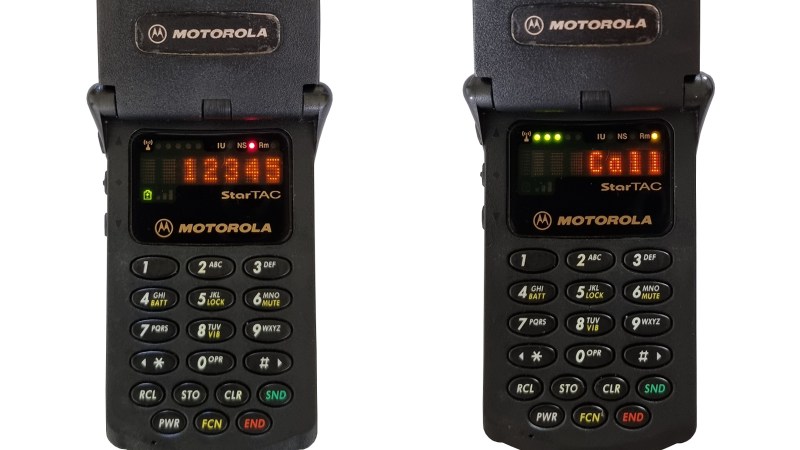A few years ago, we saw the rise of software-defined radios with the HackRF One and the extraordinarily popular RTL-SDR USB TV tuner dongle. It’s been a few years, and technology is on a never-ending upwards crawl to smaller, cheaper, and more powerful widgets. Now, some of that innovation is making it to the world of software-defined radio. The LimeSDR Mini is out, and it’s the cheapest and most capable software defined radio yet. It’s available through a Crowd Supply campaign, with units shipping around the beginning of next year.
The specs for the LimeSDR mini are quite good, even …read more
 Continue reading Cheap, Full-Duplex Software Defined Radio With The LimeSDR→
Continue reading Cheap, Full-Duplex Software Defined Radio With The LimeSDR→
